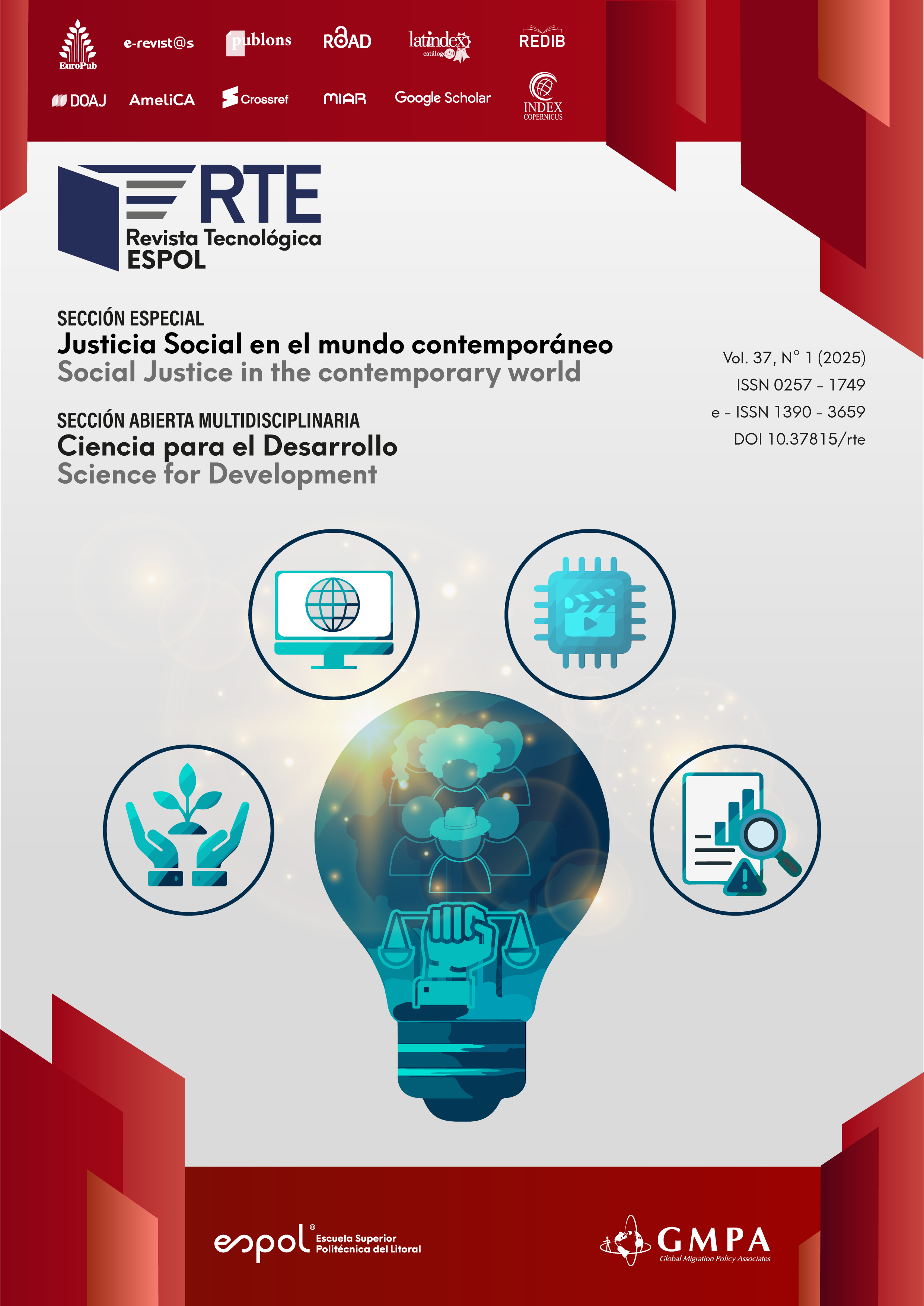Este artículo analiza cómo se relaciona la justicia social con el agua, el saneamiento, la higiene (WASH) destacando el papel central del agua en estos enfoques, en el contexto del cambio climático. El clima varía y ha ejercido una presión considerable sobre el sistema hidrológico global, cambiando los patrones tradicionales de lluvia y aumentando la frecuencia y gravedad de los desastres naturales. Garantizar el acceso a agua dulce adecuada y sostenible para las comunidades del mundo es esencial para preservar la vida y la salud de las personas. El derecho humano a la salud se ve seriamente comprometido cuando los servicios de saneamiento e higiene son inadecuados o insuficientes. Por ello, es fundamental promover la inclusión de los grupos vulnerables en los debates sobre justicia social. En conclusión, las soluciones propuestas para abordar las necesidades del nexo WASH y la adaptación al cambio climático presentan importantes áreas de superposición. En este contexto, la adaptación climática se reconoce como una preocupación relacionada con los derechos humanos y como una dimensión del debate sobre la justicia social.

Esta obra está bajo una licencia internacional Creative Commons Atribución-NoComercial 4.0.
Referencias
Black. M. (2016). The Atlas of Water (3rd ed.) City of California Press.
CDC. Water, Sanitation, and Environmentally Related Hygiene (WASH): About Hygiene. Retrieved December 24, 2024. https://www.cdc.gov/hygiene/about/index.html
Kendra, B. S., UN-Habitat, WSSCC (2017). Sustainability of Open Defecation Free Campaign in GSF Supported Programme Districts, Nepal. https://unhabitat.org/sites/default/files/documents/2019-05/gsf-023-odf_sustainable_study_rev8_6.pdf
McKinsey Global Institute. (2024). Prioritizing health: A prescription for prosperity. https://public.tableau.com/views/PrioritizingHealthAprescriptionforprosperity/PrioritizinghealthAprescriptionforprosperity?showVizHome=no&:showVizHome=no%20#2
Providence Health Care. (2024). Taking Action Together: Medical Staff and Providence Partners. https://www.phcmedstaff.ca/working-at-phc/medical-staff-planetary-health/
Remes, J., ,Dewhurst, M., Woetzel, L. (2020, July 9). Poor health reduces global GDP 15% each year. McKinsey Global Institute. https://www.mckinsey.com/mgi/overview/in-the-news/poor-health-reduces-global-gdp-by-15-percent-each-year
Symmes, C. C. (2022, February 18). Social justice starts with water security for all. International Water Management Institute (IWMI). https://www.iwmi.org/news/social-justice-starts-with-water-security-for-all/
Tamiru, S., Mamo, K., Acidria, P., Mushi, R., Ali, C. S., & Ndebele, L. (2015). Towards a sustainable solution for school menstrual hygiene management: cases of Ethiopia, Uganda, South-Sudan, Tanzania, and Zimbabwe. Waterlines, 34(1), 92–102. http://www.jstor.org/stable/24688194
UNESCO World Water Assessment Programme. (2020). The United Nations World Water Development Report 2020, Water and Climate Change: Executive Summary. https://unesdoc.unesco.org/ark:/48223/pf0000372882
UNDP. (2023, June 30). Climate change is a matter of justice – here’s why. https://climatepromise.undp.org/news-and-stories/climate-change-matter-justice-heres-why
UNDESA. Transforming our world: the 2030 Agenda for Sustainable Development. Retrieved December 24, 2024. https://sdgs.un.org/2030agenda
UNFCCC. (2023). Planetary Health: 2023 UN Global Climate Action Awards. https://unfccc.int/climate-action/un-global-climate-action-awards/planetary-health
UNICEF. Menstrual hygiene. Retrieved December 24 2024. https://www.unicef.org/wash/menstrual-hygiene
UN-Water. (2021, July). https://x.com/UN_Water/status/1415245195759718402?lang=bg
University of California. (2025). What is Climate Justice. https://centerclimatejustice.universityofcalifornia.edu/what-is-climate-justice/
Van Eijk, A. M., Sivakami, M., Thakkar, M. B., Bauman, A., Laserson, K. F., Coates, S., & Phillips-Howard, P. A. (2016). Menstrual hygiene management among adolescent girls in India: a systematic review and meta-analysis. BMJ open, 6(3), e010290. https://doi.org/10.1136/bmjopen-2015-010290
WHO, WEDC. (2013). Technical Notes on Drinking-Water Sanitation and Hygiene in Emergencies: How much water is needed in emergencies. https://cdn.who.int/media/docs/default-source/wash-documents/who-tn-09-how-much-water-is-needed.pdf
WHO. (2023 March 30). Typhoid. https://www.who.int/news-room/fact-sheets/detail/typhoid
WHO. (2024, March 7). Diarrhoeal disease. https://www.who.int/news-room/fact-sheets/detail/diarrhoeal-disease
WHO. (2024, December 5). Cholera. https://www.who.int/news-room/fact-sheets/detail/cholera
WHO. (2024). Improved sanitation facilities and drinking-water sources. https://www.who.int/data/nutrition/nlis/info/improved-sanitation-facilities-and-drinking-water-sources
WHO. Water, sanitation and hygiene. The Global Health Observatory. Retrieved December 24, 2024. https://www.who.int/data/gho/data/themes/water-sanitation-and-hygiene
World Bank Group. (2022, March 12). Menstrual Health and Hygiene. https://www.worldbank.org/en/topic/water/brief/menstrual-health-and-hygiene







